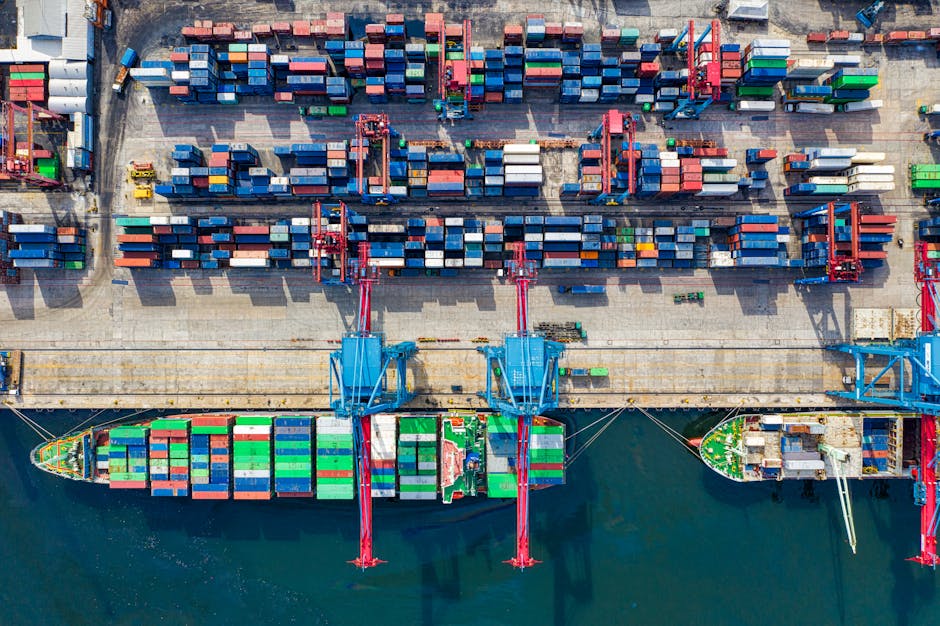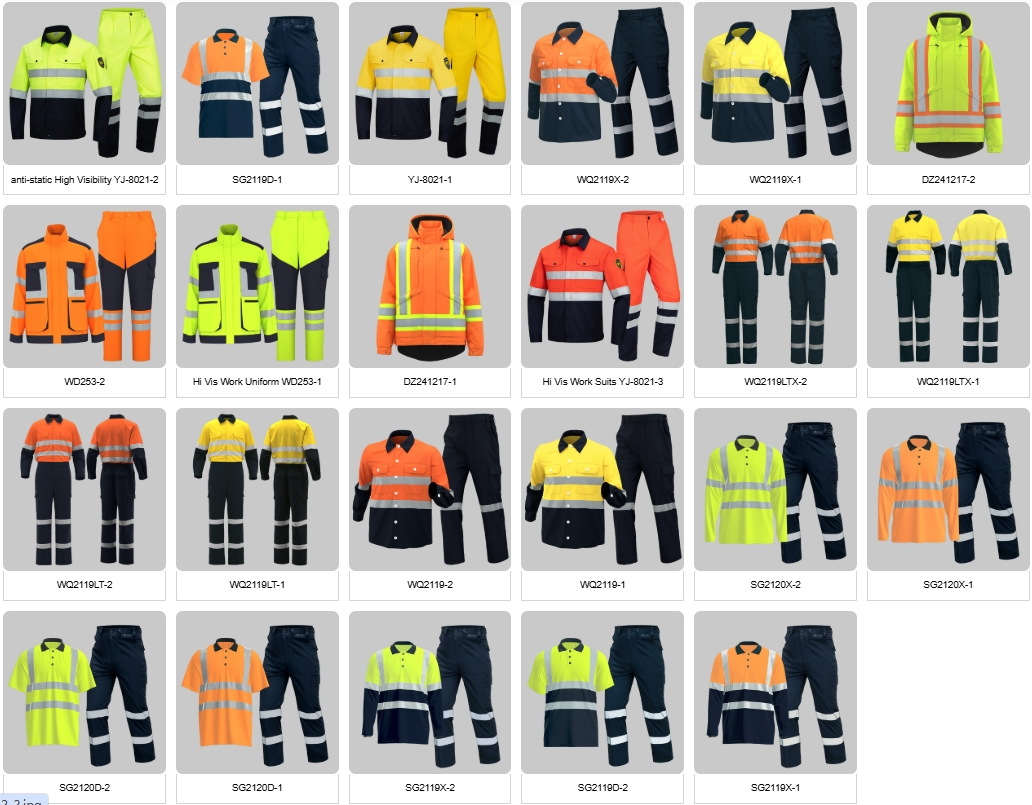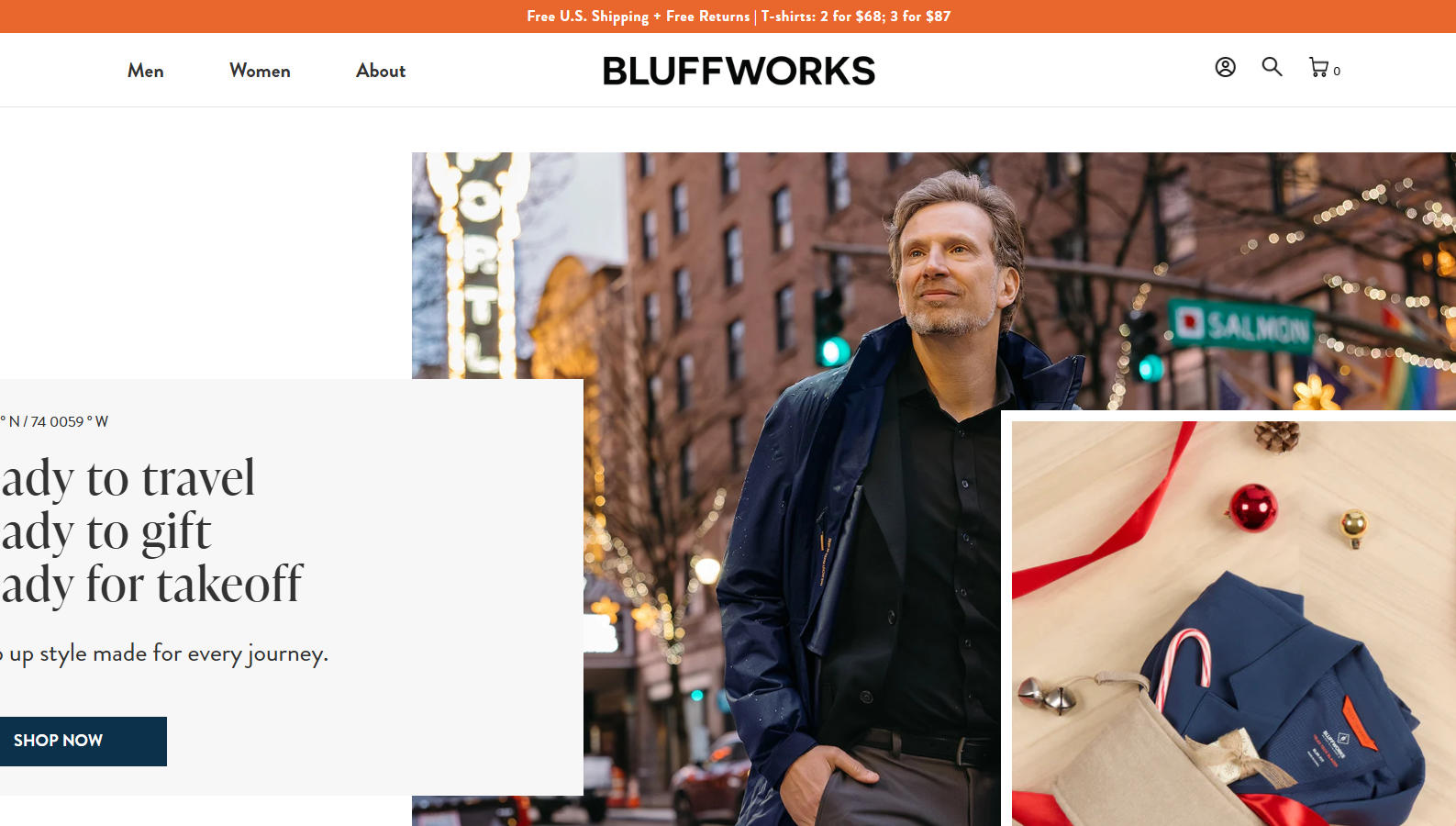Here is a detailed analysis of a Moldovan company importing custom logo work uniforms from China, including the process, advantages, and challenges specific to Moldova’s geographic and economic context.
Executive Summary
For a Moldovan company, this is a viable strategy to source cost-effective and highly customizable workwear. However, Moldova’s landlocked status and economic profile add layers of complexity to the logistics and customs process. Success hinges on navigating the primary transit route through Romania.
The Import Process: Step-by-Step
Phase 1: Sourcing & Planning (in Moldova)
-
Define Requirements: The company finalizes uniform designs, fabric types, colors, and logo specifications (embroidery, printing). Considering Moldova’s climate with warm summers and cold winters is important for fabric choice.
-
Supplier Sourcing: This is done primarily online via B2B platforms like Alibaba.com or Made-in-China.com. Attending large trade fairs is less common due to distance and cost.
-
Request for Quotation (RFQ): Send detailed specifications to multiple suppliers to compare prices, MOQ (Minimum Order Quantity), and production timelines.
Phase 2: Negotiation & Production (with China)
-
Sample Approval: This is a critical and non-negotiable step. The Moldovan company must request and approve a physical sample to check quality, fit, and logo application before mass production begins.
-
Contract Finalization: Agree on the final price, payment terms (typically 30% deposit, 70% before shipment), and Incoterms. Given the complex logistics, FOB (Chinese Port) or EXW (Chinese Factory) are common, giving the Moldovan buyer control over the main shipping leg.
-
Production & Quality Control: The factory begins production. The buyer should request production updates and conduct a pre-shipment inspection (by themselves or a third-party agency) to ensure quality matches the sample.
Phase 3: Logistics & Import (The Key Phase for Moldova)
-
Logistics – The Critical Route: Moldova is landlocked, so all routes involve transshipment through a neighboring EU country.
-
Primary Route: Sea Freight to Romania + Land to Moldova.
-
Goods are shipped in a container from a Chinese port (e.g., Ningbo, Shanghai) to the Port of Constanța in Romania on the Black Sea. This is the most direct and cost-effective sea route.
-
From Constanța, goods are transported by truck to Moldova, crossing the border at points like Albița-Leușeni.
-
-
Alternative Routes: Sea freight to other EU ports like Hamburg or Koper (Slovenia) is possible but involves much longer land transits, making it less economical.
-
Air Freight: Extremely expensive and only suitable for very small, urgent orders or samples.
-
-
Customs Clearance in Moldova:
-
The Moldovan company must handle import customs. As a country with an EU Association Agreement, Moldova’s customs procedures are aligned with European standards but are a separate system.
-
Required Documents: Commercial Invoice, Packing List, Bill of Lading (for sea freight), and Certificate of Origin.
-
Hiring a local customs broker is highly recommended. They will handle the declaration, ensure correct HS codes, and calculate/pay the applicable import duties and VAT (standard rate is 20%).
-
Key Advantages for a Moldovan Company
-
Cost-Effectiveness: Chinese manufacturing offers significantly lower prices for bulk custom orders compared to local production or other sources.
-
Customization Expertise: Chinese factories are highly flexible and skilled at producing small-batch custom items with logos and specific designs.
-
Supply for Key Sectors: This model allows the company to supply Moldova’s growing hospitality, IT, and agricultural sectors with affordable, professional uniforms.
Challenges & Risk Mitigation
-
Complex Multi-Modal Logistics:
-
Challenge: The route involving sea freight to Romania plus land transport to Moldova adds transit time, cost, and potential for delays at the EU-Moldova border.
-
Mitigation: Work with an experienced freight forwarder that has strong partners in Romania and understands the Moldovan import process. Plan for longer lead times.
-
-
Border Delays:
-
Challenge: The border between Romania (EU) and Moldova can experience congestion, leading to delays in truck clearance.
-
Mitigation: Factor buffer time into delivery schedules. A good customs broker on the Moldovan side can help expedite the process.

-
-
Quality Control from Afar:
-
Challenge: The distance makes it difficult to verify quality in person.
-
Mitigation: Never skip the sample process. For large orders, investing in a third-party inspection service in China is crucial to avoid receiving sub-standard goods.
-
-
Payment Security:
-
Challenge: Sending a deposit to an unknown supplier carries risk.
-
Mitigation: Use secure payment methods like Alibaba Trade Assurance or a Letter of Credit (L/C) for larger orders. Start with a smaller trial order to build trust.
-
-
Currency and Banking:
-
Challenge: Transactions are typically in USD or EUR. Managing international payments and currency conversion can be a consideration for Moldovan companies.
-
Mitigation: Work with a bank that has experience in international trade with China.
-
Strategic Tips for Success
-
Partner with a Logistics Expert: Your choice of freight forwarder is crucial. They must be experts in the Black Sea route and the Romania-Moldova corridor.
-
Build a Supplier Relationship: Find 1-2 reliable factories in China and cultivate a long-term partnership. This leads to better pricing and service.
-
Focus on the Sample: The quality of the sample dictates the quality of the entire order. Be meticulous in your approval.
-
Understand Total Landed Cost: Do not just look at the product price. Factor in all sea freight, land freight, customs, and broker fees to understand your true cost per uniform in Moldova.
Conclusion
A Moldovan company can successfully import custom work uniforms from China. While the logistical chain is more complex than for a coastal nation, the well-established route via the Port of Constanța in Romania provides a reliable pathway.
The business case is strong, driven by the significant cost savings and customization options. Success depends on meticulous planning, rigorous quality control from a distance, and, most importantly, building reliable partnerships with both the Chinese supplier and the logistics providers that bridge the final gap from the Black Sea into Moldova.
For some insightful reads, we’ve curated a list of recommended articles just for you:
- How do I find a product manufacturer in China?
- How to find cheap manufacturers in China? A guide to avoid pitfalls
- How to complete your first purchase of workwear in China safely and efficiently
- Custom uniforms for Small business
- Choosing the Best Industrial Work Suit
- Ultimate Guide: Best Wholesale Work Clothes in China
- Cut & Sew Customization
- Logo Customize Clonthing Manufacturer
- Labour Uniform manufacturer
- Labor clothing uniform for sale
- Working clothes china wholesale
Can’t find what you’re looking for? Feel free to contact us. We’re here to help 24/7.
Useful links:





